

How Extraterrestrial Life-Forms Might Perceive the World
Understanding how we—life on earth—observe the world now may help us imagine the ways in which an extraterrestrial, even non-DNA-based life-form might perceive its environment.


Fig. 1: Conversion of five RNA/DNA bases into five discrete grayscale values.
Many years ago, I came up with an algorithm for visually representing RNA/DNA sequences. It is based on five discrete values on the gray scale where U equals black, C equals dark, A equals gray, G equals light, and T equals white. This algorithm uses a three-by-four matrix to show a structure with twelve positions (figures 1, 2, and 3).


Fig. 2: RNA and DNA bases as two subsets of the gray scale.
This algorithm can represent any linear RNA/DNA sequence as a series of two-dimensional images with specific (visual) properties. As one can imagine, representing RNA/DNA in the form of a 2D image uncovers many features of a sequence that would otherwise remain unnoticed (if rendered in the standard linear alphabet model).


Fig. 3: Conversion of the RNA sequence CAGUCAGUCAGU into a 2D image.
Over time, it became clear to me that this algorithm was not an invention, but in fact a discovery. In other words, this model for visually representing RNA/DNA reveals additional information encoded in DNA that is more at the level of meaning than of biological function. It occurred to me that generating these images might in fact represent some rudimentary “images of the world” recorded by the first living organisms on earth, which have been preserved within the DNA sequences of all life-forms on earth (fig. 4).


Fig. 4: The earliest “pictures of the world,” recorded by the first life-forms on earth.
Of course, we cannot see these representations by directly observing a DNA sequence in its biological form. Neither can we see what’s in front of our eyes right now by examining the neurons of the vision center. In these two cases, both a DNA sequence and a neuron contain additional information (besides their biological function) that can be decoded in one way or another into forms we call “images.” The first pieces of information that the earliest living molecules (proto-RNA) recorded were existentially important for their survival and were probably binary in structure (cold-hot, dark-light). With this in mind, I have often tried to find such sequences and translate them into images. Again, I think the resulting visual representations look similar to the first “images of the world” recorded by the earliest living beings on earth. And it is very possible that similar “images of the world” could be encoded within extraterrestrial, nonbiological life-forms with very different morphology and metabolism.


Fig. 6: Generation of two states based on a structure with one position (p) and two values (v1, v2).
Interestingly, the binary sequence, which consists only of bases C and G (dark and light), can define both RNA and DNA sequences. On the other hand, three bases, U, A, and T (black, gray, and white), can define DNA through pairs A and T (gray and white), and can define RNA through U and A (black and gray). While the difference between RNA and DNA sequences cannot be seen in the binary case, they can be detected in a trinary constellation.


Fig. 8: Generation of different states based on structures with two positions (p1, p2) and two values (v1, v2).
Similar binary and trinary sequences of different chemical compositions could constitute the basic structures of some non-RNA/DNA life-forms and could also be presented as images of a discrete structure. In both cases, a 2×2 matrix with two values would be sufficient: (dark, light) for the binary sequence, and (white, gray) and (gray, black) for the trinary. In other words, the simplest possible image consists of only two positions (two pixels) and the two values that they can contain (dark and light).


Fig. 10: Generation of different states based on structures with two positions (p1, p2) and three values (white, gray, black).
In order to distinguish the properties of its surroundings, at some point the earliest life-forms had to distinguish this “knowledge” for the first time. They then had to encode/impress that information into their molecules as an integral part of their structure, as a kind of “memory.” Those earliest living molecules, or proto-observers, that by some chain of events acquired and preserved the capacity to sense/recognize “hot” and “cold” had a much better chance of survival. Thus, the very basic properties of our environment that we can distinguish today—hot-cold, dark-light, order-disorder—were likely first acquired by the earliest living molecules (proto-RNA?), then encoded and memorized within their molecular structures, and finally transmitted to all living matter, including us.


Fig. 11: Generation of different states based on structures with three positions (p1, p2, p3) and three values (white, gray, black).


Fig. 12: Generation of different states based on 2×2 structures with four positions and two values (dark, light).
These “first images” are in fact the most rudimentary “pictures of the world” perceived and recorded by early life-forms, and it is impossible to experience them now. However, the capacity to distinguish hot (bright) or cold (dark) is characteristic of all life-forms today; it is still necessary for their survival. Thus, it is most likely that this earliest “picture of the world” was binary: hot-cold (white-black).


Fig. 13: Generation of different states based on 2×3 structures with six positions and two values (gray, black).
These would be the most elementary images of the world perceived and recorded by any matter that can be called living, whether this matter is based on RNA/DNA or some other molecular structure, and whether on earth or on/by some extraterrestrial object. If it is too complicated to recognize or even imagine the very physiology and metabolism of an extraterrestrial life-form and its origin, it might be possible to at least try to imagine and perhaps even “reconstruct” how such an organism might “perceive the world” around it.
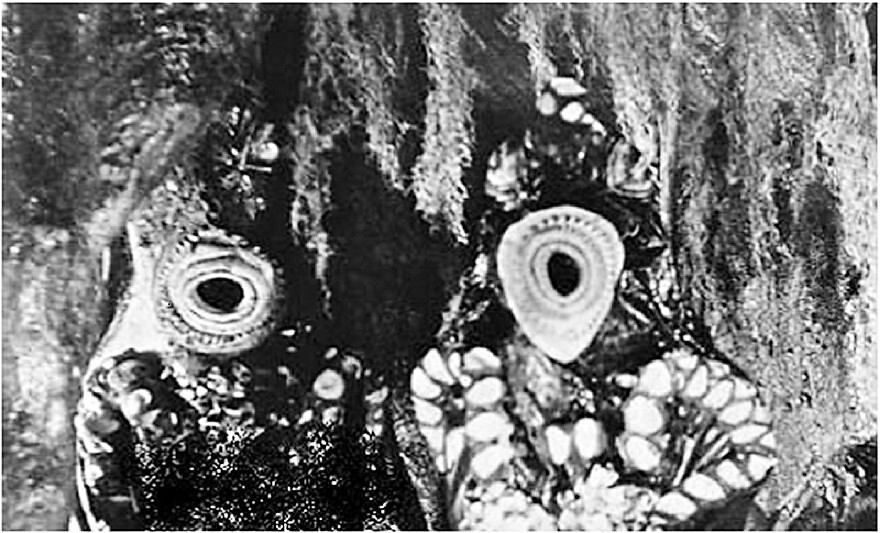

Fig. 14: Alien from The Giant Leeches (1959).
Most of the images in this piece also appear in my 2020 article “Somewhere Between Light and Darkness.”1 I used these images then to show possible rudimentary images of the world as perceived by the earliest forms of life on earth. Here, their meaning is extended to extraterrestrial, including non-RNA/DNA-based, life-forms.


Fig. 15: Map of the Mars canals, The Review (1898).
If the first life-form carried around pictures of the world that were impressed on it, then this early life-form was itself a picture of its environment. This seems to be characteristic of all subsequent life-forms on earth. In a way, we are all pictures of our environment, of its properties that enable us to survive. If an alien had me in its laboratory, it might be able to read these “pictures” by looking at me, and thus reconstruct the environmental conditions and parameters in which my metabolism remains normal and keeps me alive.


Fig. 16: Lectures on alien life, YouTube (2022).
But if this is true, and characteristic of every life-form, then how can we explain the staggering diversity of life-forms that have existed on earth? How did the Cambrian explosion come about after the earth was dominated for three billion years by single-cell organisms? (See fig. 17.) The explosion brought diverse multicellular life-forms into being, all emerging and surviving within practically the same environment. And they all represented very different pictures of this same world. Although all of these life-forms became part of the environment for each other as well, this still doesn’t explain how such a variation of life developed within an environment that presented such similar living conditions. How were so many different pictures of the same world impressed on life-forms based on the same RNA/DNA foundation?


Fig. 17: Cambrian explosion, old lithograph.
Something similar can still be observed today— for example on a farm, where we might find chickens, sheep, cows, horses, pigs, hedgehogs, rats, sparrows, grasshoppers, and humans (who might be cutting the grass or sitting under a tree waiting for an apple to fall). All these varieties of life exist and manage to survive within the same micro-ecosystem, and all of them shape it as well. But each of them represents/embodies a different picture of that same environment.
How do we explain this, considering the high degree of similarity between all our DNA-based genotypes? It seems that in the very early stages of life on earth there was no distinction between the genotype and the phenotype—they were the same.


Fig. 18: Series of images of the Human Chromosome Chr22 43 position sequence beginning with p.20172802.
Small images—visual representations of DNA sequences—are generated by the conversion of a series of nodes placed on a wet biological thread (fig. 19), onto which the “pictures of the world” were imprinted. First, they are arranged on a geometric line by a series of points marked with the letters A, C, G, and T. Then they are placed on a 3×4 grayscale matrix, which is converted into a small picture on the screen (or paper) in front of us (fig. 18).


Fig. 19: DNA knot under an electron microscope.
These images are then translated by our retinas into impulses, which are transmitted by nerve pathways to the vision center in the brain. There, again, some moist reticular threads (fig. 20) translate these impulses into a visual representation—into the images that we see in our head (fig. 21).


Fig. 20: Human cortical neurons under a microscope.


Fig. 21: A series of images of the Human Chromosome Chr22 43 position sequence beginning with p.20172802 (on the computer screen).
Thus, rudimentary “pictures of the world,” imprinted on a wet organic DNA thread, become visible to us through other living organic threads in our brain’s center of vision. At the same time, we would never be able to see any such picture while directly examining DNA strands or nerve cells under the microscope. All of this adds another wrinkle to the unfolding story about the relationships between living and nonliving matter, or between biological and artificial “intelligence.”


Fig. 22: Observer-observed relationship presented as two subsets within five interconnected stages.
It may be that the process we call evolution, which led to more complex life-forms on earth, was not meant to improve chances for survival, but to acquire a higher-definition picture of the world, moving from lower-resolution (two pixels) toward much higher-resolution images. Thus, improving chances of survival was only a secondary goal—a necessary means for life’s need to see itself and the world around it in the best, clearest, sharpest possible way.
One more thing: recently I have become puzzled as to why human beings are so eager to find out if there is life beyond earth. There is even a name for this pursuit: astrobiology. And enormous scientific, technological, and financial resources have been dedicated to related projects, especially in recent decades, beginning with SETI (Search for Extraterrestrial Intelligence). Curiosity about life on another planet or moon within the solar system is understandable, since at some point in the not-so-distant future it will be possible to research and examine it directly by traveling to such places. But it doesn’t make much sense to put so much effort into looking for extrasolar planets, even ten or twenty light years away, and trying to catch possible glimpses of life there. It is hard to imagine that humans will be able to travel such distances any time soon, if ever. In the meantime, observing them only through telescopes, or even by sending probes, will never give us reliable information.


Fig. 23: The earth seen from the Moon. Photograph by the Apollo 8 crew, 1968. NASA.
The entire endeavor doesn’t look reasonable on a human scale, and it cannot be explained rationally. One possible, although far-fetched, explanation could be that certain networks of humans are in some way “nudged” to do all this—almost as if acting as one “tissue” of a larger, (possibly) self-conscious Biosphere. Tied to a rock while traveling alone through space, such a Biosphere would naturally be anxious to find out if there is someone else in the universe besides her. This sounds like science fiction, but it may not be impossible.
—April 7, 2022
Appendix 1
Low- and high-entropy images of two values within a 3×4 matrix, each representing a twelve-position binary RNA sequence. The first fourteen states are of the highest organization (lowest entropy) while the last two are of the lowest organization (highest entropy).




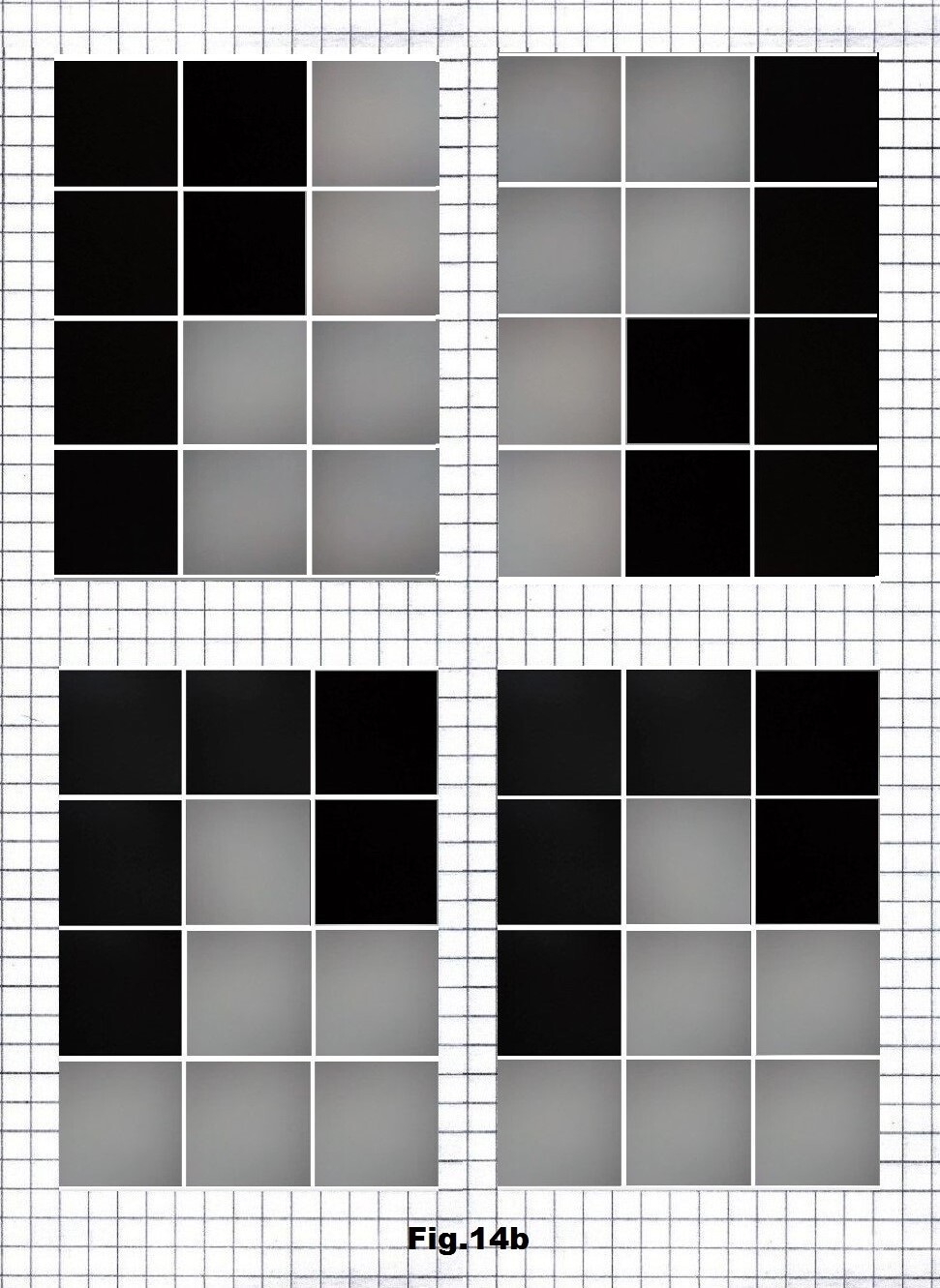





Appendix 2
Pictures of various microorganisms
















Appendix 3
Pictures of various alien life-forms imagined by humans


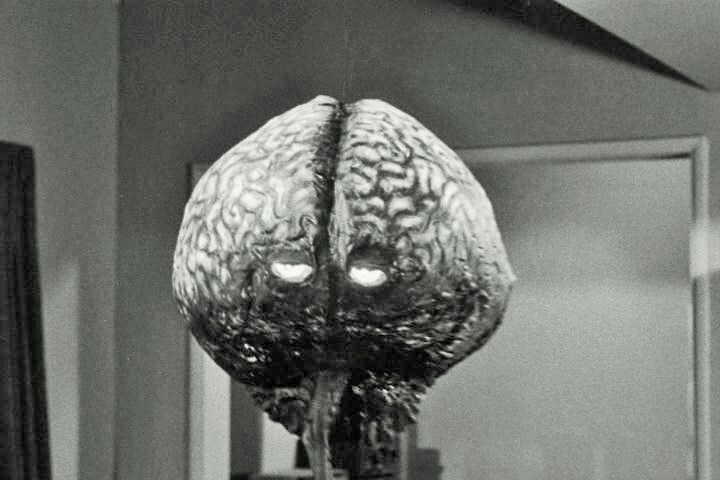

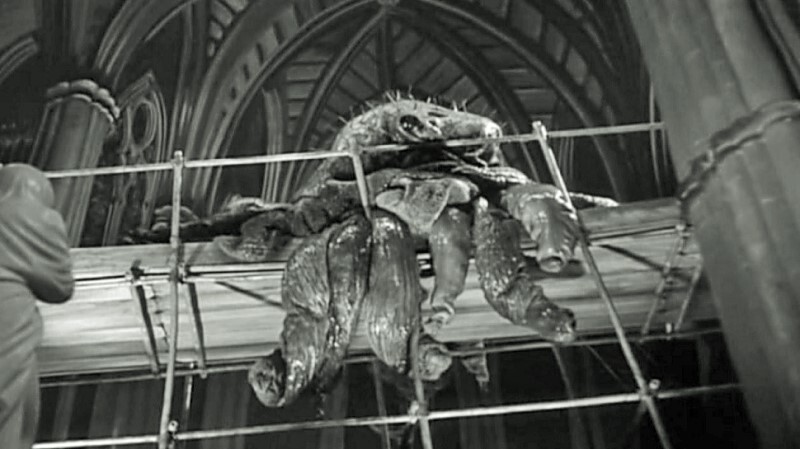





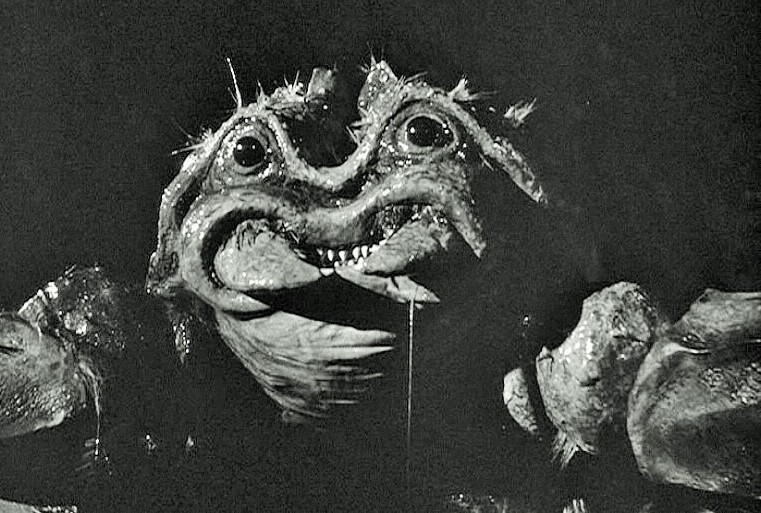

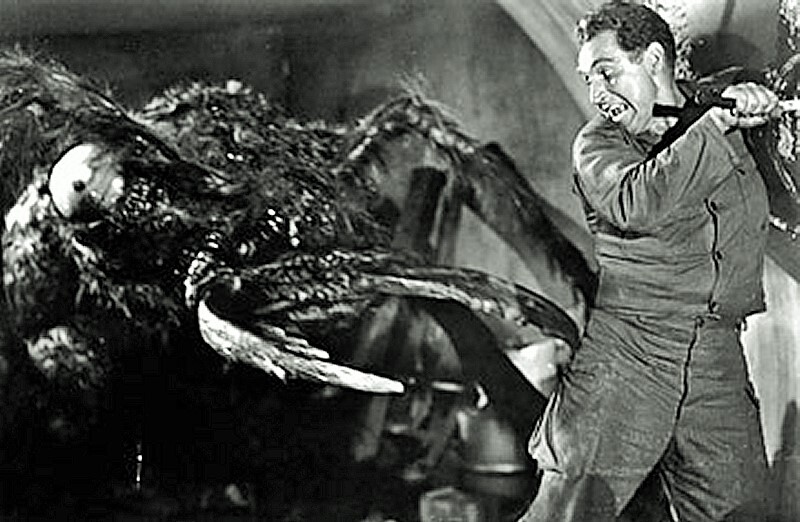



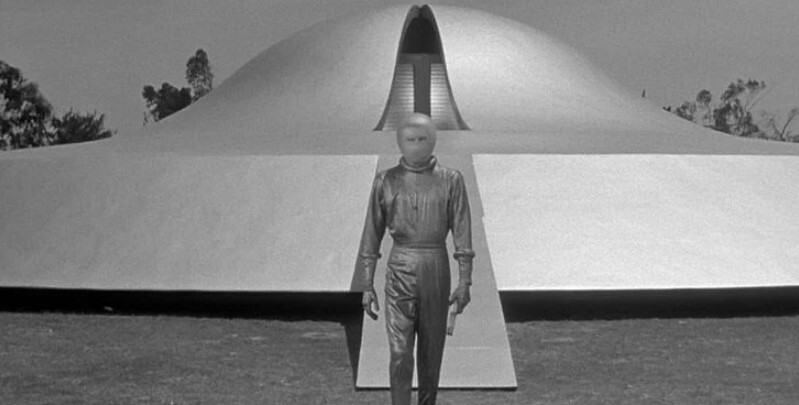

See →.


